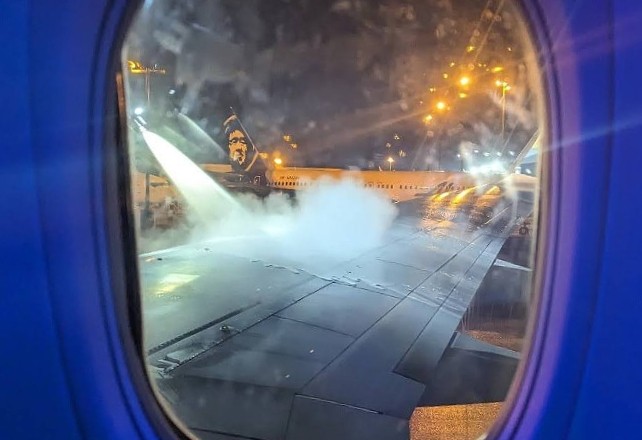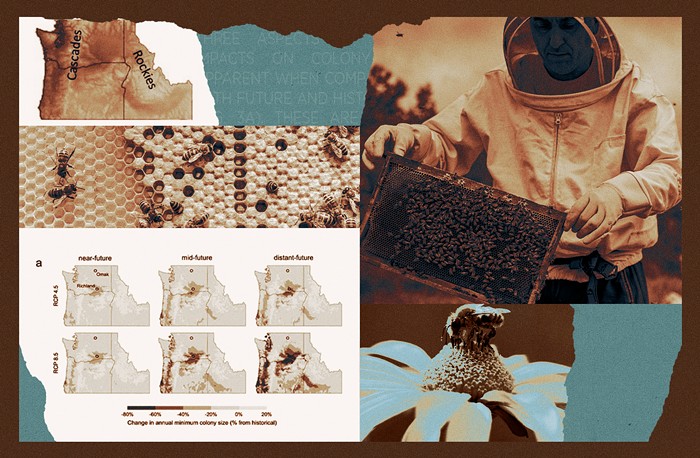
Who’d have thought that 2020 would turn out to be such a big year for bringing awareness to the simple act of breathing? Or at least, what SHOULD be a simple act. For now, Seattle’s air quality isn’t nearly as Martian as San Francisco’s, but many of us probably remember a few years ago when Washington wildfires reddened the sun and covered every outdoor surface with a delicious coating of deforestation.
And of course, visible outdoor ash isn’t the only worry right now; of even greater concern are the invisibly small particles that will invade your lungs and make your hair smell like you’re a survivalist living in a wood-burning log cabin. With viruses, tiny particles, and toxic gasses all jostling to get into our bodies, how can any of us breathe safely?
Here are a few suggestions:
Who’s at Risk?
The short answer: Everyone. Even very healthy people can suffer harmful effects from wildfire-smoke-choked air. Those can be temporary impacts, like an uncomfortable cough, more serious incidents like a heart attack, or, in rare cases, long-term effects like an increased risk of lung cancer. (Past studies have shown that elevated cancer risk has been limited to people who experience extensive, frequent smoke exposure, but that may broaden as “normal” air quality worsens over our remaining lifespans.)
If you’re particularly old, particularly young, pregnant, or have health issues affecting your heart or your respiratory system, you should absolutely positively be taking precautions right now to ensure you’re breathing the cleanest air possible.
You should also be on heightened alert for breathing problems if you are a smoker. Actually, if you’re a smoker, you should probably just knock it off right now, because your slow death will be even more excruciating as wildfires grow more severe in the coming years. Also, you smell terrible, and nobody wants to be the one to tell you.
What Are the Warning Signs of Breathing Unhealthy Air?
None of these will be a surprise, but some symptoms are similar to those of COVID-19, so you might confuse one for the other.
The major symptoms to watch out for are stinging eyes and lungs, coughing, shortness of breath, and a sore throat. You might also feel your heart rate increase, experience a runny or bloody nose, or feel more tired overall. A headache and chest pain can also accompany smoke exposure.
But of course, you might also experience the same symptoms if you’ve been affected by the coronavirus. So if those symptoms are accompanied by chills, muscle aches, a loss of taste, and … er, how to put this politely … a certain liquidity in the bathroom, you should get tested and also isolate from other people. Here is a map of free testing sites around Seattle.
How Do I Know When the Air Is Unsafe?
Sometimes, you can trust your eyes and your nose to tell when things are getting dicey — if visibility is poor and there’s a rustic scent in the air, it’s time to get into filtered indoor air or at the very least put on a mask. But sometimes clear, unsmelly air can be unsafe, which is why your best bet is to set up some alerts for yourself.
Just google “air quality Seattle” to find plenty of websites that will show you just how bad things are. I prefer PSCleanAir.gov, which sends daily email alerts whenever the air is particularly bad. AirNow.gov is another good one. The Seattle office of the National Weather Service will have the latest info, as well as Seattle Weather Blog.
How Do I Stay Safe Indoors?
Close your windows. Get one of those cheap plastic window film covers if your windows are particularly leaky — I’ve never found them useful for temperature insulation, but they will help keep smoky air out (a little). Run your air conditioner if you have one. Last year I got a Coway air filter to help with allergies, and it’s not inexpensive but it makes a noticeable difference.
Don’t do anything that will release more particles into the air, like smoking, vacuuming, or cooking — especially if you have a gas stove. And in case you are some kind of an idiot, don’t burn candles or use your fireplace.
If you have asthma or other respiratory or heart conditions, make sure you’re stocked up on inhalers, medication, or whatever medical supplies you need. If you find that your need for an inhaler has dramatically increased, it’s time to call a doctor. If it's hard to breathe or you're experiencing chest pain, call 911.
How Do I Stay Safe Outdoors?
Well, don’t go outdoors, for starters, and don’t engage in strenuous activity. If you have to be outside, wear a mask. The cloth ones we’re all using for coronavirus won’t help much when it comes to smoke, though, so you’ll want to try to get your hands on one of the N95 masks that are almost definitely going to be sold out everywhere you look.
In the unlikely event that you can find one, a reusable N95 mask is a good investment, because summers like this are going to only get worse and you’ll need it again. Make sure it’s tightly fitted — it’s useless if air is bypassing the filter — and if you want to be truly safe, wear it even when you’re in your car.
Inhale through your nose, not through your mouth.
Breathe slow and steady.
Be prepared to evacuate.
And remember, just because conditions are “record-setting” right now doesn’t mean they won’t get worse.
















